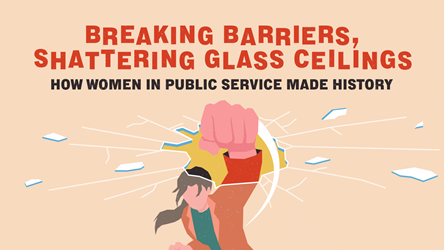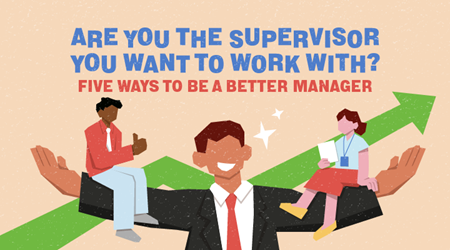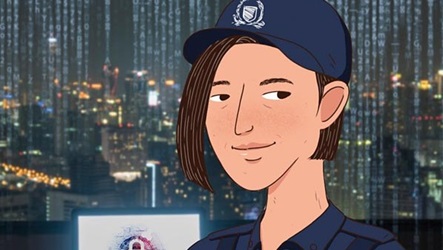ActiveSG Is Transforming Its People For A More Active Nation

In case you missed it, our public swimming pools and sports facilities have been made over and rebranded in the last five years. But the changes at Sport Singapore are not just cosmetic. At the heart is a critical transformation to energise the organisation, led by ActiveSG, the national movement for sport.
According to ActiveSG Chief Lai Chin Kwang, that transformation was a result of something greater than his wishes alone. Previously a public officer, Mr Lai decided to return from the private sector in 2013 after being inspired by the nationwide push for Vision 2030 (the national blueprint for living better through sport) and wanting to “unify people through sport, engage communities, nurture family bonds and promote healthier living”.
But he also realised: “If we want to be audacious and do something that is significant to impact the country, then the people within the organisation must be energised.” Change had to start with the staff on the ground – understanding their work, strengths, even failings.
Getting to know you
For Mr Lai, this meant playing the “mystery shopper”. Three months before he officially joined what was then the Singapore Sports Council, he visited various sports facilities across Singapore to understand his new team, their work and challenges.
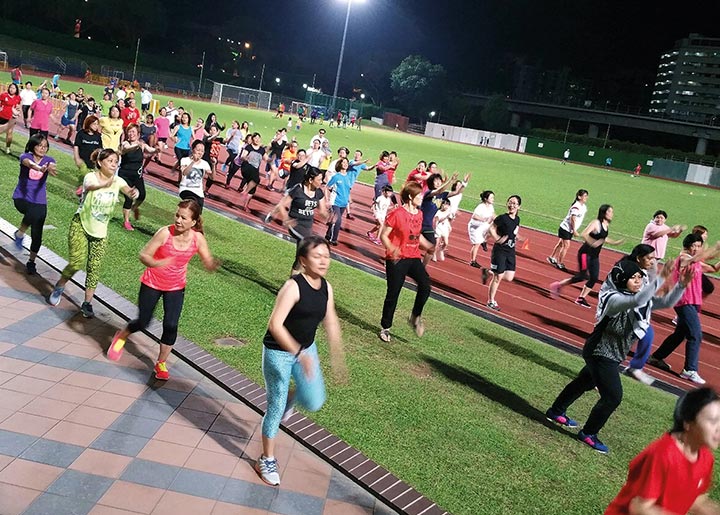
“When a new leader comes in, there is always this ‘new broom sweeps clean’ effect,” he said. But instead of having change for change’s sake, he reframed the transformation as a way of building upon existing skillsets.
In particular, he paid attention to long-serving staff who might have been wary of change. “Now, knowing their loyalty and passion, I could align the goals to their strengths.”
Making joy part of the job
As with any organisational revitalisation, it meant rolling out a series of training programmes. This included a competency framework in sports, water and fire safety, risk management training, service excellence training, and lifesaving skills.
But beyond enhancing skills, these programmes serve to trigger a change in mindset, helping staff see that their work counts and adds value to the community around them. “For people to enjoy their work, they must not feel bored. They must feel supported… empowered and capable,” Mr Lai said.
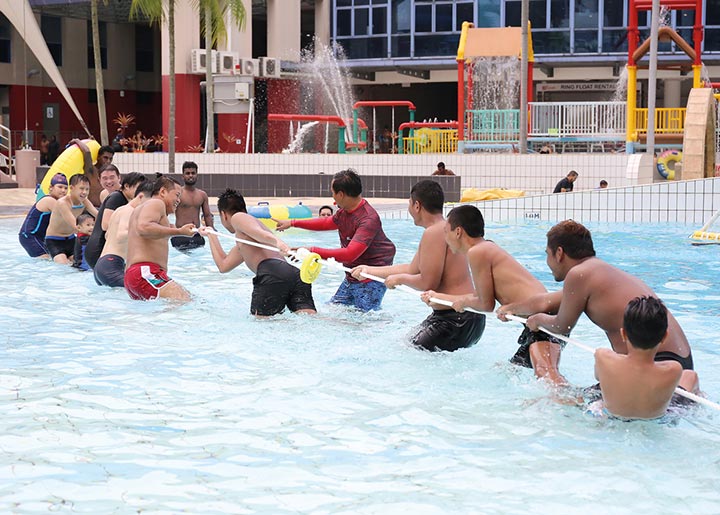
Part of this has been achieved by simple rebranding. All staff at ActiveSG, for instance, are also called Sports Champions, as the term “supports the mindset and capability I want to build”. The title is emblazoned on windbreakers and polo shirts worn by all ActiveSG staff.
“The aim is for my team (guest officers, lifeguards, or maintenance crew) to see themselves as leading the way. It pushes them to add value to their work.”

In fact, he encourages every staff member to take on different roles. Guest officers can also be assistant lifeguards, run programmes or conduct workouts. This engenders a sense of pride. “My officers – some are grandfathers and grandmothers – can tell their grandchildren that Ah Gong, Ah Ma is learning something new. They are proud of what they do,” Mr Lai said.
“People-led” transformation
Another important element of ActiveSG’s transformation is encouraging ground-up, staff-led efforts. Mr Lai believes that by giving people the space and autonomy to innovate, it cultivates ownership and pride in their work. “You can inspire, you can encourage, you can nag all you want, but what you want is to see the people on the ground saying ‘I want to try’.”
Several unique staff-initiated projects illustrate this. One is a community garden at Woodlands where residents can “earn” a plot of land at the sport centre if they participate in various sporting activities. Another is a specially developed aqua aerobics programme for seniors, with simpler movements designed for those new to exercise.

Staff have also stepped up to offer simple, cost-saving solutions to maintain the facilities. “Someone even had the idea of adding sand to paint to create a non-slip coating. It works and is much cheaper!” Mr Lai said, chuckling.
However, this positive attitude certainly did not come about overnight. In the beginning, hoping to better engage his staff, Mr Lai set up chat groups to get them to share their thoughts and ideas. “There was resistance,” he admitted with a wry smile. “At first, I was basically just talking to myself.”
Still, he persisted. “Slowly, more people started to share what they have done at their respective centres while others reciprocated with feedback or appreciation for the efforts. The engagement kept growing from there.” Today, his WhatsApp chat groups are alive with updates as various teams share news about their programmes and learning points.

This, in part, has been the result of leadership bonding activities that Mr Lai initiated in 2014. “[The leaders] come in with their own mental models, are strong leaders in their own right and have their own ideas,” he acknowledged. “I knew I had to foster teamwork and create a shared vision.”
To cohere the team, Mr Lai organised various learning journeys and team powwows to brainstorm. He also holds frequent townhalls across the different levels of the organisation.
“For the upper management, it is about building vision; for the ground staff, developing purpose,” he said. “If people understand their purpose and the difference they make, they will transform the way they work.”
- POSTED ON
Jul 3, 2018
- TEXT BY
Sheralyn Tay
- ILLUSTRATION BY
Mushroomhead
-
Feature
“Odd” Jobs? Even Better!





